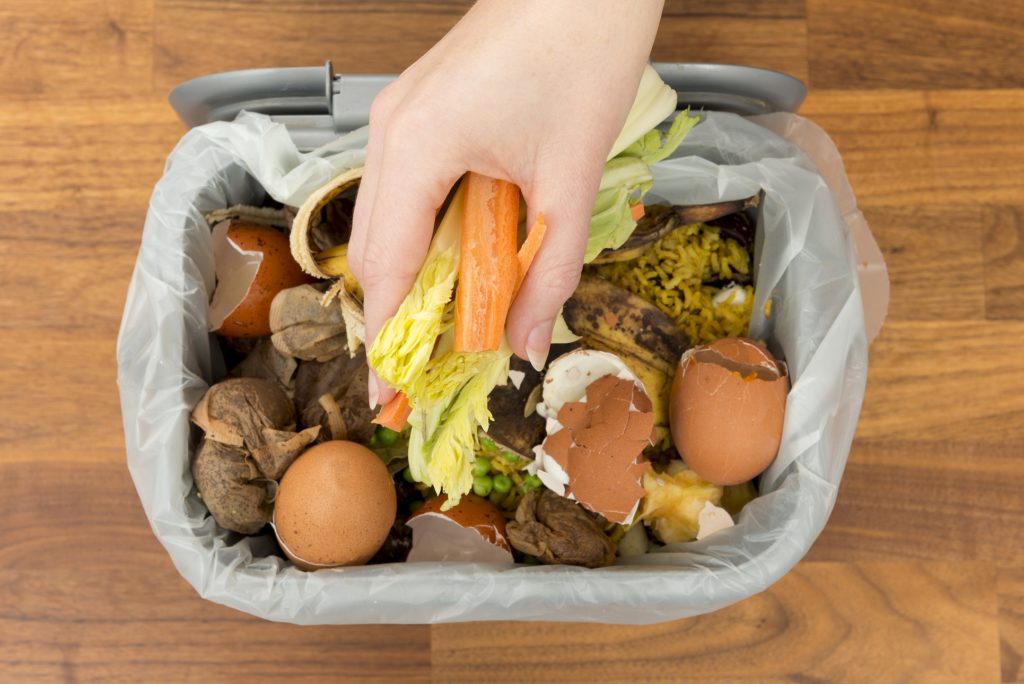Plastic must be removed from waste sent for ‘incineration’ to prevent the practice becoming more carbon intensive than landfill by 2035, according to environmental consultancy Eunomia.
The consultancy says this should be achieved through mechanical pre-treatment or through better source separation of plastic waste for recycling.
Eunomia offered its recommendations in a report titled Greenhouse Gas and Air Quality Impacts of Incineration and Landfill. The report was commissioned by environmental charity ClientEarth, which aims to “use the law to create powerful change that protects life on earth”.
The report found that waste incineration as a form of electricity generation produces “far more” carbon emissions per kilowatt hour than new sources of electricity coming on to the national grid.
Ann Ballinger, principal consultant at Eunomia, said: “As recycling improves, the carbon intensity of incinerators is set to increase over time as the proportion of plastics in the residual waste feedstock increases.
“To achieve the UK’s goal of becoming a net-zero carbon emitter by 2050, all sectors of the economy must take action to reduce their carbon emissions. For waste incineration, this means focusing on plastics recycling to remove fossil carbon from the feedstock heading to incineration facilities, if such facilities are to achieve a net-zero waste management system.”
Incineration
In the report, Eunomia says the use of energy recovery has increased in recent years, driven by a need to reduce waste sent to landfill and provide a low-carbon alternative to energy generated from fossil fuels.

Eunomia expects the amount of food waste in residual waste to fall during the next decade as separate collections are introduced across England
Defra statistics show rates of incineration in England doubled between 2012 and 2018. At the end of 2019, there were 53 incinerators in the UK and 11 more in construction.
Now, though, Eunomia argues the decarbonisation of the UK’s energy supplies and increasing amounts of fossil-based plastic as a proportion of residual waste mean incineration can no longer be considered a “low-carbon form of energy”.
The consultancy suggests the disparities between incineration and lower carbon sources of electricity will only continue to grow, with incineration becoming the most carbon intensive form of electricity production in the UK.
Carbon emissions
The carbon emissions produced by new national grid sources of electricity are projected to fall to 66 grams of carbon dioxide equivalent per kilowatt hour by 2035, while those produced through waste incineration are expected to increase to 527 grams.
Eunomia expects the amount of food waste in residual waste to fall during the next decade as separate collections are introduced across England.
This would leave a higher proportion of plastic, expected to reach 17.1% by 2035, in the residual waste stream, a large part of which would be plastic film.
The report concludes that incineration will be a more carbon-intensive process than landfill by 2035 if plastic is not removed from waste for incineration.
Carbon capture and storage
Incineration will also be incompatible with the government’s 2050 net zero target unless widespread implementation of carbon capture and storage (CCS) is achieved, Eunomia says.
Carbon capture and storage involves the separation of carbon dioxide from other gases before it enters the atmosphere, converting the gas into a liquid form. It is then pumped underground for storage.
However, Eunomia argues in its report that the technology is not yet commercially viable and will “considerably” increase the cost of waste management.
Air quality
Though modern incineration facilities are fitted with controls to significantly reduce air pollution, Eunomia says they still emit harmful nitrogen oxides and particulates which contribute to air quality impacts.
“The more waste and plastics are sent to be burnt, the more our environment and health will suffer in parallel”
The consultancy says that the more waste is sent to incineration facilities, the more air pollution is produced, underlining the need for greater emphasis on recycling, reuse and waste prevention.
ClientEarth lawyer Tatiana Luján said: “As the world drowns in plastics and countries like China close their doors to foreign waste, incineration will increasingly be pushed as an ‘easy’ alternative.
“But waste does not just disappear in a puff of smoke. The more waste and plastics are sent to be burnt, the more our environment and health will suffer in parallel.”
Net-zero carbon strategy
In response to the publication of Eunomia’s report, Jacob Hayler, executive director of the Environmental Services Association (ESA), said: “Although we question some of the assumptions and figures in Eunomia’s report, some of its messages are consistent with the direction of travel due to be set out in the ESA’s net-zero carbon strategy.
“Our sector already plays a significant role in helping the wider economy to reduce carbon emissions, but we recognise that we must also reduce the carbon-intensity of our processes to play a greater role in helping the UK to achieve net zero emission before 2050.
“Diverting organic material from landfill and removing plastics from energy recovery are essential components of this strategy in the shorter term, but efforts to remove plastics from the residual waste stream should first be focused on upstream interventions to minimise the volume and maximise the recyclability of plastics placed on the market, rather than on trying to ‘fix’ the problem once low grade plastics are mixed with other post-consumer residual waste.
“In the longer term, ahead of 2050, improving the efficiency of energy recovery through heat networks and implementing carbon capture and storage solutions will also be necessary to achieving a net-zero recycling and waste management sector.”
Useful links
Greenhouse Gas and Air Quality Impacts of Incineration and Landfill
The post Remove plastic from ‘waste for incineration’, says Eunomia appeared first on letsrecycle.com.
Source: letsrecycle.com Plastic




